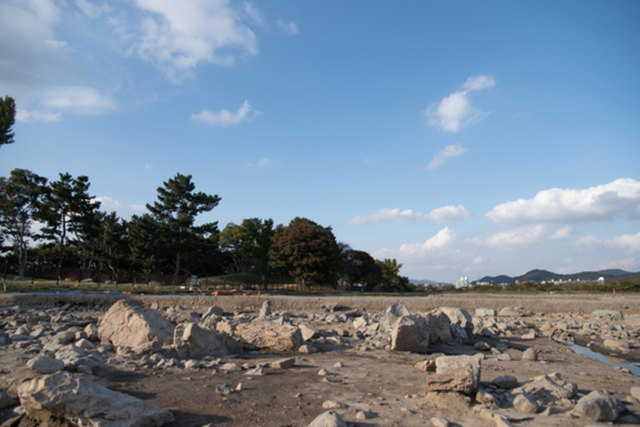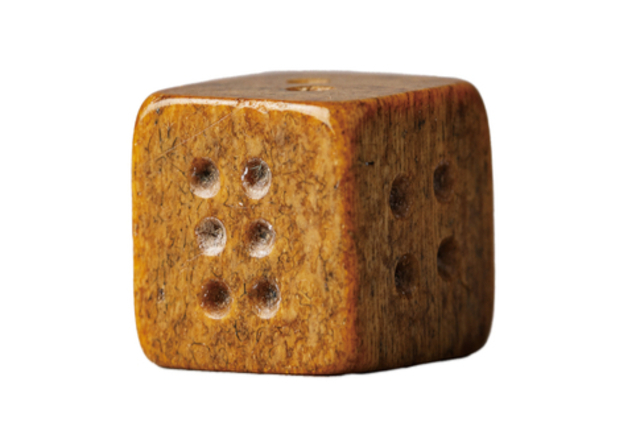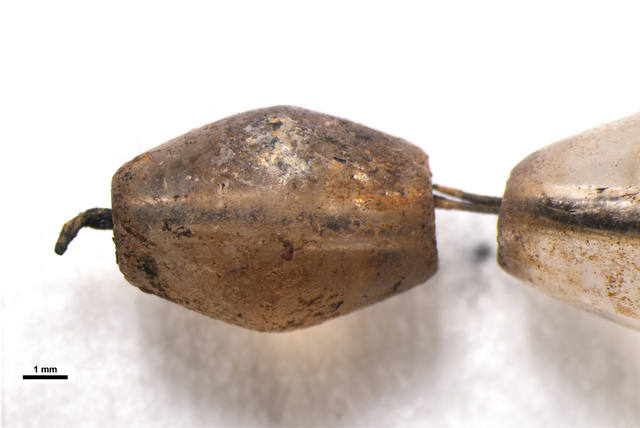Gyeongju, once the thriving heart of the Silla Dynasty, holds secrets beneath its soil, waiting to be uncovered. Recent excavations at the ancient palace site of Wolseong have provided groundbreaking discoveries, including the long-debated location of Donggung, the residence of the crown prince. These findings, coupled with astonishing artifacts and sophisticated engineering techniques, not only rewrite Silla’s royal history but also offer a glimpse into the luxurious and spiritual life of the dynasty’s elite. This research offers a deeper understanding of an ancient kingdom that shaped Korea’s cultural legacy.
The Discovery of Donggung: The Crown Prince’s Residence

One of the most debated mysteries in the history of Silla was the exact location of Donggung, the residence of the crown prince. Previously, scholars believed it lay to the west of Wolji, an artificial pond that once served as a royal leisure area. However, recent excavations have overturned this long-standing theory. Researchers now firmly believe that Donggung was situated on the eastern side of Wolji, directly challenging earlier assumptions.
The discovery of this new site was not only a triumph for archaeology but also shed light on the technological sophistication of the Unified Silla period (668–935 A.D.). Among the most groundbreaking findings was the flush-style toilet system, thought to be an early example of plumbing. This remarkable discovery is a testament to the advanced engineering skills of the Silla people, proving that they had mastered systems of water management long before their contemporaries in the West.

Video
Watch New Discoveries Shed Light on Silla Royal Palace to uncover the fascinating details of this ancient Korean kingdom. A captivating look into history!
Artifacts and Their Significance

The excavation of Donggung has unearthed numerous artifacts that provide invaluable insights into royal life during the Silla period. One of the most significant finds was a small but intricately designed piece of gold foil, measuring just 3.6 by 1.17 centimeters. This exquisite item, discovered in 2022, features delicate carvings of birds and flowers, showcasing the advanced metalworking skills of Silla artisans. Such artifacts not only highlight the artistic talents of the Silla people but also offer a glimpse into the ceremonial and cultural life of the royals.

Additionally, the excavation has uncovered items such as ivory dice, curved-blade daggers, and lacquered wooden boxes, all of which point to the luxury and opulence of the royal court. These objects were not merely decorative; they served as tools for everyday life, rituals, and even games, offering a multifaceted view of the crown prince’s life.

Insights into the Life of the Crown Prince
The recent finds have opened a window into the private world of the crown prince, where leisure, luxury, and ceremonial practices converged. The ivory die, for instance, sheds light on the royal family’s engagement with games and entertainment. Similarly, the gold artifacts and finely crafted items point to the wealth and resources available to the crown prince and his court, as well as the role these items played in social and ceremonial settings.
The materials and craftsmanship found at the site speak volumes about the importance of symbolism and ritual in Silla society. The intricacy of the gold carvings and the fine detailing of artifacts suggest a culture deeply entrenched in both aesthetic beauty and the spiritual significance of daily objects.

Sacrificial Practices: Human and Animal Rituals
Another fascinating aspect of the excavation has been the discovery of animal remains, particularly two dog skeletons found in the southwestern section of the palace site. These skeletons were buried in a manner that suggests a ritualistic purpose. The bones were deliberately arranged, with the legs neatly folded, indicating a planned burial rather than accidental disposal.
The practice of animal sacrifices was common in ancient cultures, and this discovery suggests that the Silla royals may have performed such rituals to honor deities or ancestors, or to ensure the success and stability of their rule. Alongside the dog skeletons, various artifacts were found, providing further evidence of the ceremonial practices that were central to royal life in Silla.
The Role of Ritual and Ceremonial Practices
The Silla people were deeply spiritual, and their rituals were an essential aspect of both their private and public lives. The recent excavation at Donggung has revealed a wealth of items that underscore the importance of ritual in Silla society. For instance, the discovery of a lacquered wooden box containing a crystal necklace suggests that such items were part of religious or ceremonial offerings. The necklace, perfectly preserved with its original string intact, was likely a symbol of high status and spiritual significance.
These findings indicate that the Silla royal family not only adhered to daily rituals but also engaged in more elaborate ceremonial practices to ensure the prosperity and protection of the kingdom. The discovery of ritual sites and the objects within them offers new insights into the complex spiritual life of the Silla Dynasty.

The Integration of Archaeology and History
The collaboration between historians, archaeologists, and local communities has been key to these discoveries. The excavation of the Silla royal palace complex has allowed for a closer examination of both the material culture and historical records, enabling scholars to cross-reference physical evidence with ancient texts like the Samguk Sagi(Chronicles of the Three Kingdoms).
Through this integrated approach, researchers have not only located the crown prince’s residence but have also been able to reinterpret the historical records and correct misconceptions that have persisted for centuries. This kind of collaboration is essential for deepening our understanding of ancient cultures and ensuring that history is both accurately recorded and preserved for future generations.

Conclusion: Rediscovering Silla’s Legacy
The recent discoveries at the Wolseong palace site in Gyeongju have rewritten much of what we know about the Silla Dynasty, particularly in regard to the royal family and their living conditions. The findings of Donggung’s true location, along with the advanced engineering and cultural artifacts, offer a rare glimpse into the luxurious and ritualistic life of the crown prince.
These excavations also serve as a reminder of the importance of preserving cultural heritage and continuing archaeological research. As more discoveries are made, they provide invaluable insights into the daily lives, rituals, and technological achievements of the Silla Dynasty. Through these efforts, the legacy of Silla continues to be brought to life, helping us better understand not only the past but also the cultural foundations that continue to shape Korea today.
Video
Watch More Evidence of Human Sacrifice During Silla Era Discovered at Royal Palace Site to delve into this chilling discovery from ancient Korea. A fascinating and thought-provoking exploration!



